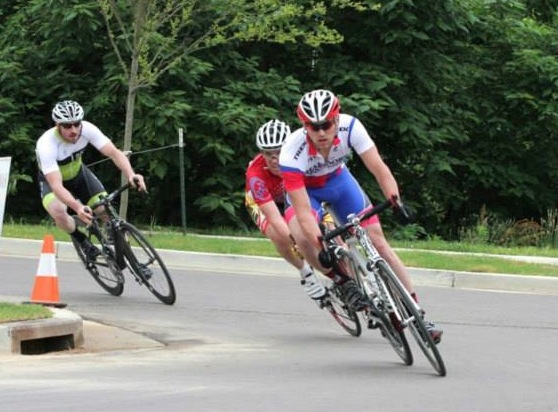Turning the Cycle

Turning is something cyclists do much less than riding in straightlines. However, that does not make it any less important, and in Elite racing it can make the difference particularly during high-speed descents.
Understanding the Turning Process
The physical aspects of turning are distinctly different from riding in straightlines. The natural inertial motion of a cycle is to continue going forward unless external forces are acting upon it.
So if you are turning, you need to have an external force acting on the cycle, and then you must be ready to adjust to the practical realities of not only your cycle but your body wanting to resist that motion.
All of this has its own complexities which we seek to sort out in this section. Here we deal with:
- Centripetal forces which pull the CyclistCycle into a curve.
- The inherent tendency of the CyclistCycle to resist the turning motion. This is represented as a “force” called Centrifugal.
- The push of the tires against the road to produce the Centripetal Force.
- The need to lean to Counterbalance the Inertial resistance.
- The need to visualize cornering lines.
Next Topic: Circular Motion
